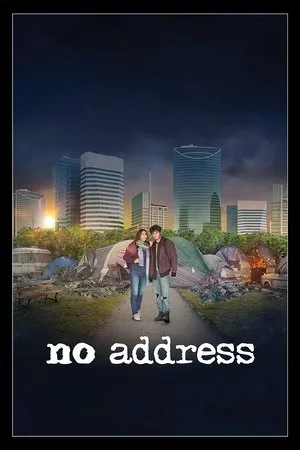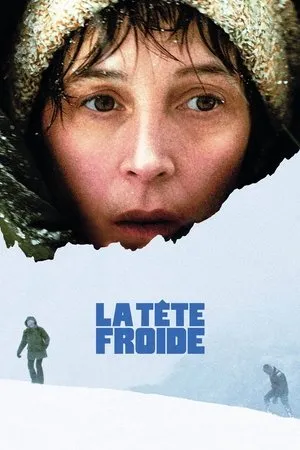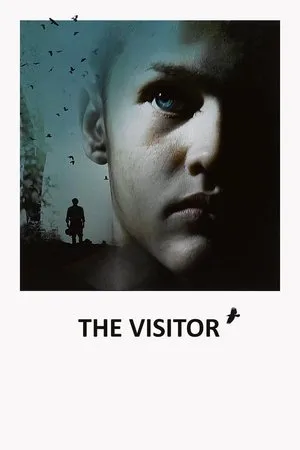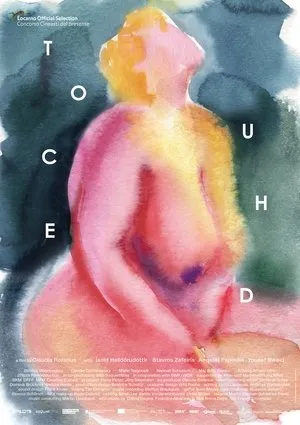Ninan Auassat: We, the Children, directed by Kim O’Bomsawin, is a profound and intimate documentary that delves into the lives of Indigenous youth from various nations in Canada. Known for her sensitive and engaging filmmaking style, O’Bomsawin, who also directed Call Me Human, invites viewers to witness the experiences, dreams, and challenges of young people from the Atikamekw, Eeyou Cree, and Innu communities. Shot over six years, the film offers a unique and extended perspective on their formative years, providing a rare glimpse into their daily lives and aspirations. The documentary is structured around the stories of three distinct groups of children and teenagers, each representing a different Indigenous nation. This approach allows for a rich tapestry of experiences to be woven together, highlighting both the unique aspects of each community and the shared challenges faced by Indigenous youth across Canada. By focusing on the personal narratives of these young individuals, O’Bomsawin creates a deeply human and relatable portrayal that transcends cultural boundaries. One of the most striking aspects of Ninan Auassat: We, the Children is its commitment to capturing the authentic voices of its subjects. The film allows the young people to speak for themselves, sharing their thoughts, feelings, and perspectives on a wide range of topics. From their hopes for the future to their concerns about the present, their voices are unfiltered and genuine, providing a powerful counterpoint to the often-stereotypical representations of Indigenous people in mainstream media. The documentary also explores the challenges faced by Indigenous youth in Canada, including issues such as poverty, discrimination, and cultural alienation. These challenges are presented with sensitivity and nuance, avoiding simplistic explanations or easy solutions. Instead, the film invites viewers to engage with the complexities of these issues and to consider the systemic factors that contribute to them. In addition to the challenges, Ninan Auassat: We, the Children also celebrates the resilience and strength of Indigenous communities. The film showcases the rich cultural traditions, languages, and values that have sustained these communities for generations, and it highlights the efforts of young people to preserve and revitalize their heritage. Through their stories, we see the importance of cultural identity in shaping their sense of self and their connection to their communities. The film also touches on the importance of education in the lives of Indigenous youth. We see the young people attending school, learning about their history and culture, and preparing for their future careers. Education is presented as a tool for empowerment, enabling them to overcome the challenges they face and to contribute to the well-being of their communities. Throughout the film, O’Bomsawin’s directorial approach is characterized by a deep respect for her subjects. She avoids sensationalism or exploitation, instead opting for a gentle and observational style that allows the young people to reveal themselves on their own terms. This approach creates a sense of intimacy and trust, inviting viewers to connect with the subjects on a personal level. The film’s extended timeframe of six years allows for a unique longitudinal perspective on the lives of the young people. We see them grow and change over time, navigating the challenges of adolescence and developing their sense of identity. This long-term perspective provides a deeper understanding of the complexities of their lives and the factors that shape their development. Ninan Auassat: We, the Children is not just a film about Indigenous youth; it is a film about the universal experiences of childhood and adolescence. The themes of identity, belonging, and aspiration resonate with viewers of all backgrounds, reminding us of the shared humanity that connects us all. By focusing on the personal stories of these young people, O’Bomsawin creates a film that is both deeply moving and profoundly insightful. In conclusion, Ninan Auassat: We, the Children is a powerful and important documentary that offers a rare glimpse into the lives of Indigenous youth in Canada. Through its intimate portrayal of their experiences, dreams, and challenges, the film invites viewers to engage with the complexities of Indigenous identity and to consider the systemic factors that shape their lives. It is a film that will stay with you long after the credits roll, prompting reflection and inspiring action. Welovecinema.top highly recommends this film to anyone interested in learning more about Indigenous cultures and the challenges faced by Indigenous youth today.
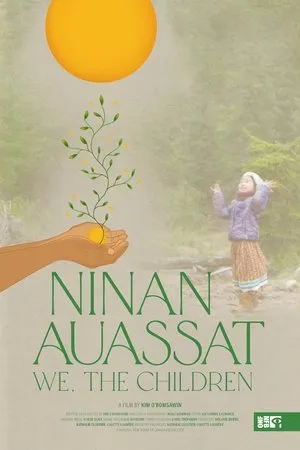
Ninan Auassat: We, the Children (2024)
Ninan Auassat: We, the Children is a moving documentary that offers an intimate look into the lives of Indigenous youth. Over six years, director Kim O’Bomsawin follows three groups of children and teens from the Atikamekw, Eeyou Cree, and Innu nations. The film captures their daily lives, dreams, and challenges as they navigate their formative years and high school, providing a poignant portrayal of their experiences and aspirations.
